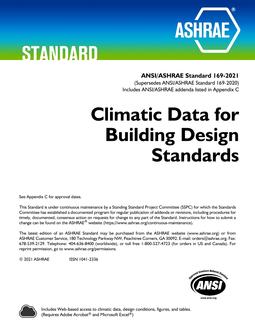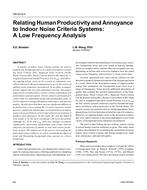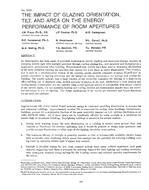Until recently, district heating has never been in vogue like cogeneration and solid waste resource recovery. While there are very sophisticated analyses of the reasons for the historical lack of interest in district heating, the primary reason seems to be that completing a district heating development that serves a diverse customer base in a city setting involves more contractual and political variables than is usually the case for a cogeneration or solid waste development. No single model for financing a district heating project has emerged. By contrast, cogenerators have utilized the Public Utility Regulatory Policies Act of 1978 (PURPA) to implement so-called “PURPA” machines under a leveraged lease structure. Resource recovery developers found the typical formula of turnkey/full service contracts and 100% tax-exempt Industrial Development Bond (IDB) financing. District heating, on the other hand, has lumbered forward, trying to combine these approaches with federal grants, help from state and local economic development programs, and a variety of thermal applications, some of which were novel and therefore suspect in the eyes of some regulators and financing sources.
Now, however, the same trends that appear likely to hamper cogeneration and resource recovery may serve to boost the relative attractiveness of district heating to developers. Additionally, these trends may cause developers to add district heating elements into their cogeneration or resource recovery development projects. The trends include (1) shifts energy markets and the application of PURPA, (2) effects of budgetary fiscal austerity and resulting political emphasis on privatization, and (3) tax reform.
Citation: Symposium, ASHRAE Transactions, 1987, vol. 93, pt. 1, New York, NY
Product Details
- Published:
- 1987
- Number of Pages:
- 5
- File Size:
- 1 file , 470 KB
- Product Code(s):
- D-NY-87-23-1


